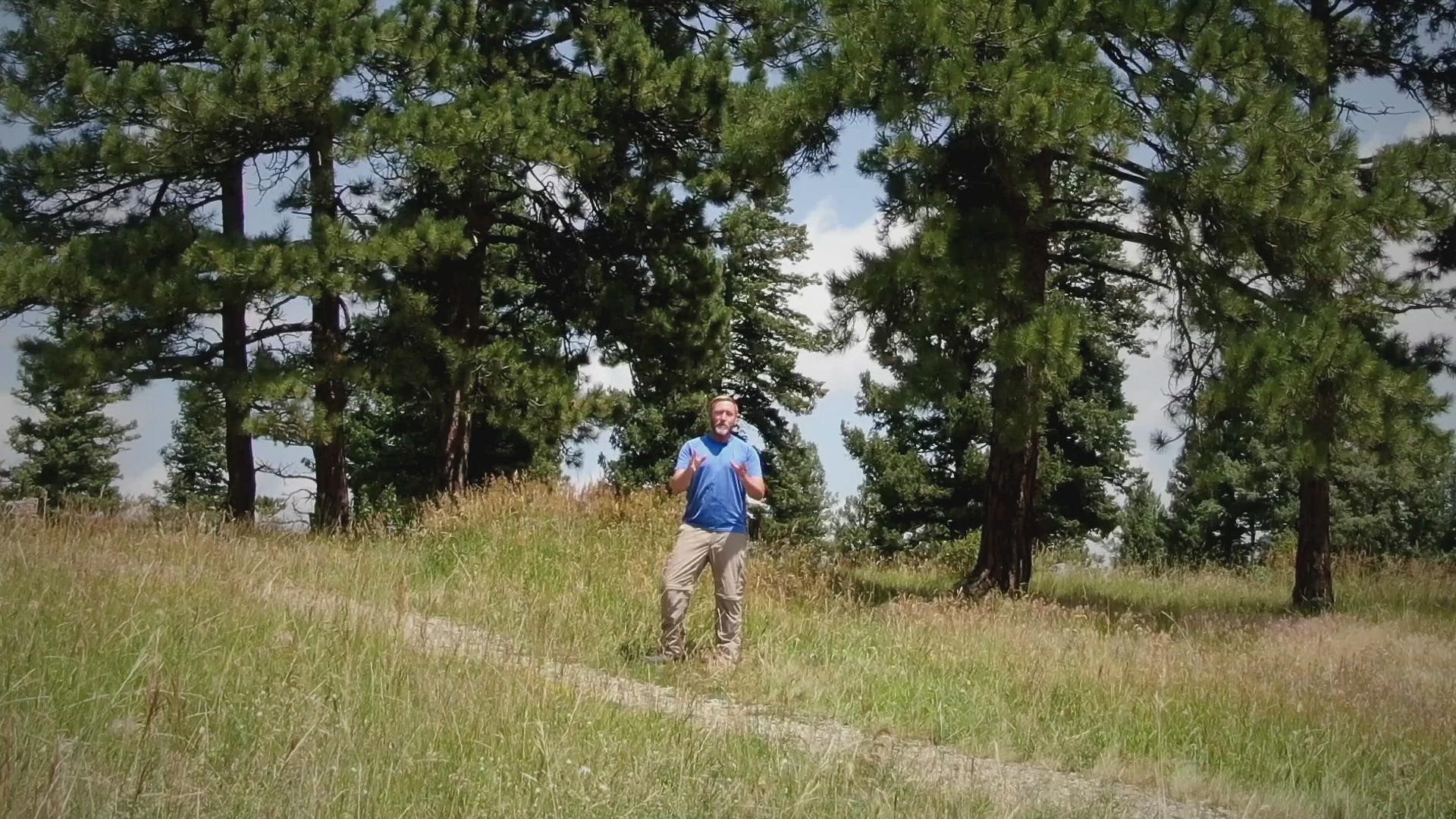DENVER — The earth's atmosphere has warmed by a little more than one degree Celsius (1.8 F) since 1900, according to multiple sources:
It is the goal of the Paris Agreement, which the United States is a member of, to stop global warming at less than two degrees, preferably 1.5 degrees. A recent report by the IPCC found that the earth's climate will very likely exceed the 1.5 C threshold over the next 20 years.
One degree doesn’t seem like much, but for something as big as our atmosphere, a single degree of warming kicks off a dangerous cycle of impacts.
EVAPORATION
A warmer atmosphere can hold more water vapor. If the climate warms by another one degree Celsius, the atmosphere would be able to hold about 7% more water vapor.
Most of that extra water vapor is going to come from the earth through increased evaporation and transpiration. Since 2003, evapotranspiration, which is evaporation from the ground, lakes, oceans and trees combined, has increased by 10%.
WATER VAPOR FEEDBACK
Water vapor is also a greenhouse gas and when it condenses into clouds, it heats the atmosphere by releasing latent heat. The warmed atmosphere can then hold more water vapor, increasing the warming potential, which increases evaporation on earth's surface.
This is a positive feedback cycle called water vapor feedback.
Water vapor responds and amplifies the warming caused by other greenhouse gases like carbon dioxide and methane. Scientists now that increases in those gases are causing global warming and now water vapor because of their atmospheric lifespans.
Water vapor has an impact on the atmosphere for 10 days or less, while carbon dioxide lasts for about 100 years, and methane has a lifespan of about 10 years.
HEAT WAVES
Heat waves, which are defined as at least three consecutive days where the maximum daily temperature is in the 90th percentile, have increased in intensity, frequency and duration as a result of a one degree increase in global temperature.
Heat waves are already the deadliest type of weather event in the United States, killing 138 people per year on average, and one report shows that increased global temperatures could kill an additional 73 people per 100,000 by 2100.
DROUGHT
Increased evaporation to meet the demand of a warmer atmosphere will likely lead to worsening drought conditions. The latest IPCC report shows that an agricultural and ecological drought that would normally occur once in 10 years, would be likely to occur twice in 10 years with an increase to 1.5 degrees Celsius, and 2.4 times if the earth's atmosphere warmed a another full degree to two degrees Celsius.
SNOWMELT
As the planet warms, mountain snowpack is expected to melt progressively earlier each spring. One report found that for 1 °C of warming, snowpack could disappear 30 days earlier in some regions including coastal regions, the Arctic, and the western United States.
That would exacerbate the the drought conditions even further.
WILDFIRE
With increased evaporation and early snow melt, the earth's vegetation will continue to dry at record pace.
If the atmosphere takes the water from the trees, that means a wildfire won’t have to. It takes energy to evaporate the moisture in a tree. The energy saved by a wildfire there, can then be spent on consuming more fuels.
That could cause wildfires to burn even hotter and move even faster – bad fire years like 2012 and 2020 are projected to become 4 times more frequent by the year 2050.
That could result in a burn scar area 600 times larger than today
FLASH FLOODS
And flash flooding is projected to become worse and more frequent in a warmer climate. Not just because of the increased burn area, and drought hardened soils, but rainfall is expected to become heavier. It's already increased by 5-10% in the western U.S. since 1958 and one study projects that rain could become 16-24% heavier with just one more degree of warming.
With more water vapor going up into the atmosphere, more water must come down, but with less frequency. So the annual average precipitation across the globe could go down, while individual rain events become more extreme resulting in increased drought and increased flash flooding at the same time.

